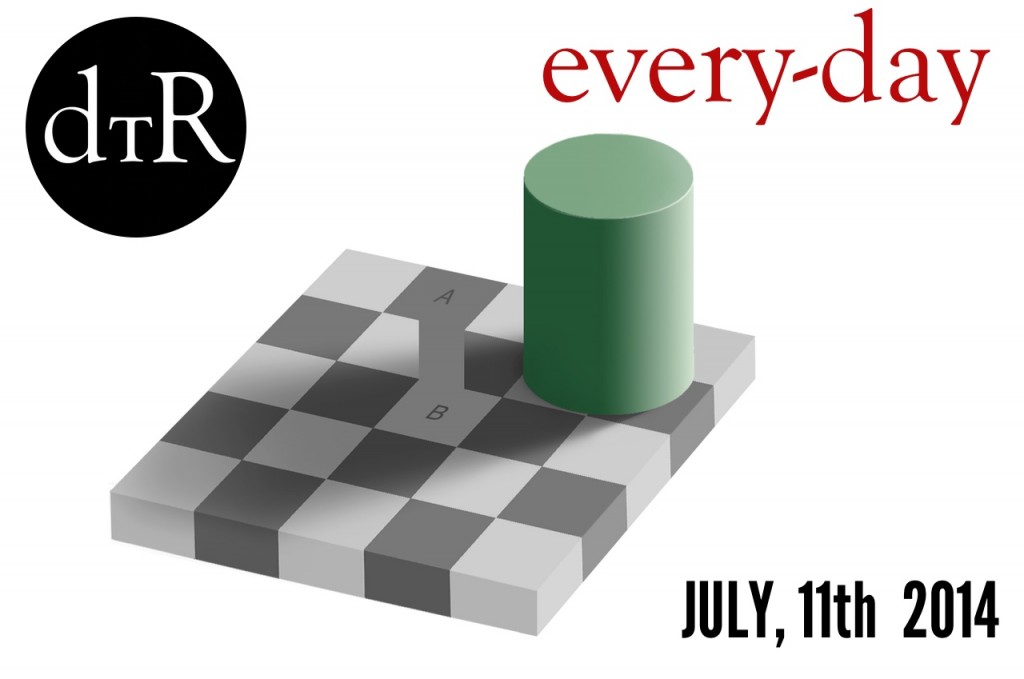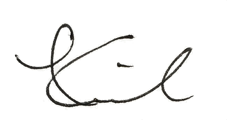
How we perceive the world is the most basic thing we do. We let in light and sound and smells. We step out onto the hot sand with our bare feet and feel the heat against our skin. But we are always living at the edge of what is actually there. Our minds have the amazing ability to interrupt the world in ways that, while they may not always be accurate, help us get through the day.
If you look at the picture above, the squares marked A and B are the same color but our perception is corrected by the shadow of the cylinder.
Philosophers throughout time have tried to make sense of these faulty mechanisms that we are each living with, and they have given us clues as to how we can best transcend this crack in the pavement of our humanality. One of my favorites is Schopenhauer.
In The World As Will And Representation he says that we can suspend our desires (our willing), for brief moments through aesthetic contemplation. By considering what is beautiful about something, or by contemplating the nature of something, such a transition is possible. We can move: “…from the common knowledge of particular things to knowledge of the idea…” And in these moments we can no longer “…separate the perceiver from the perception.”
So for me it does not matter that our perception is faulty. It still allows for this incredible transition from the knowledge of things, to the knowledge of the idea. And when we get a glimpse of this knowledge, we feel a sense of renewed purpose. We feel a sense that we are not just individuals, but part of a continuum. A deep and integral part of something mysterious that we can only partailly explain by means our our limited tools of perception.


Leave a Reply